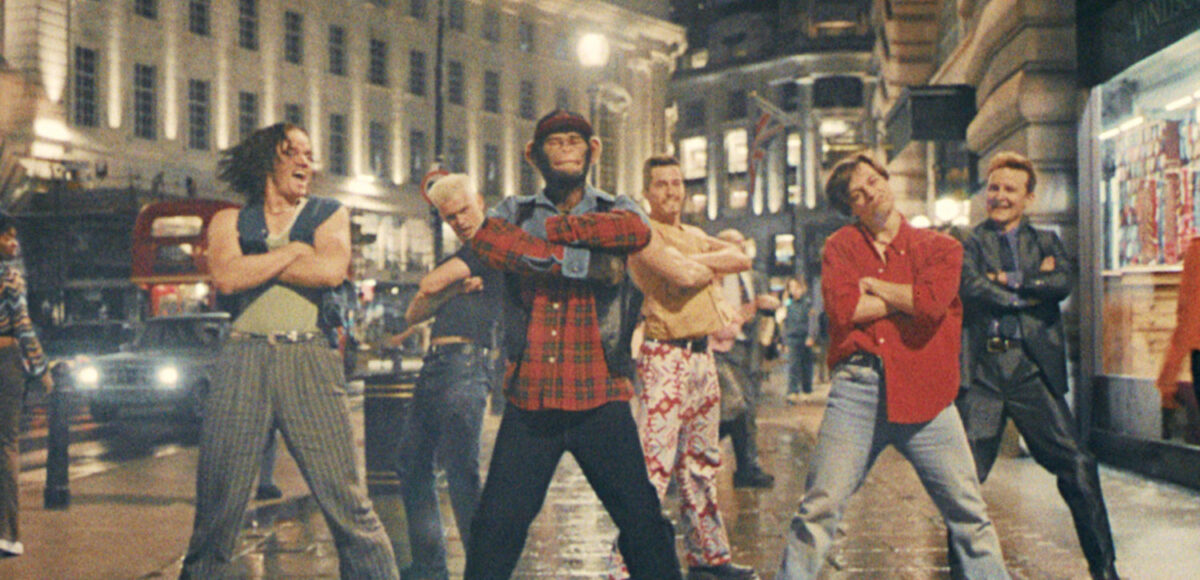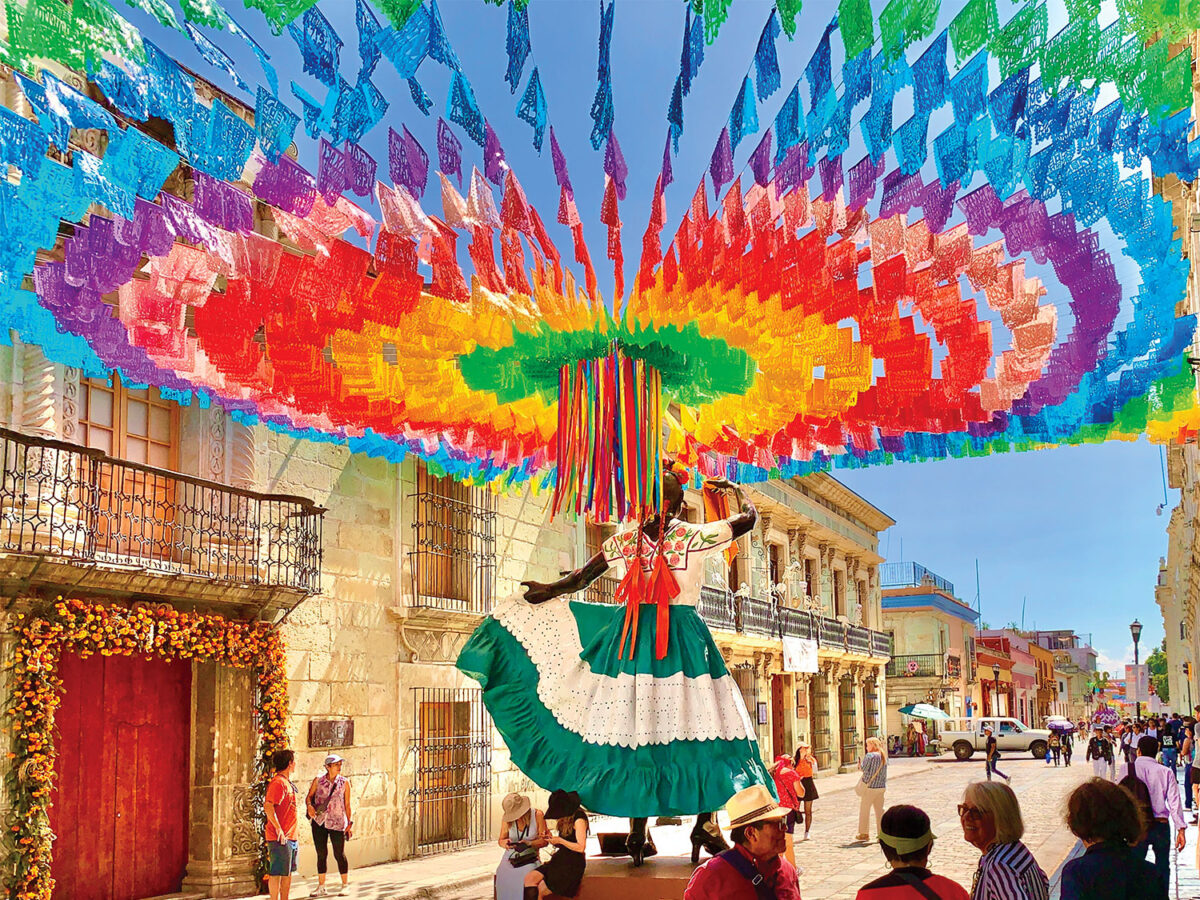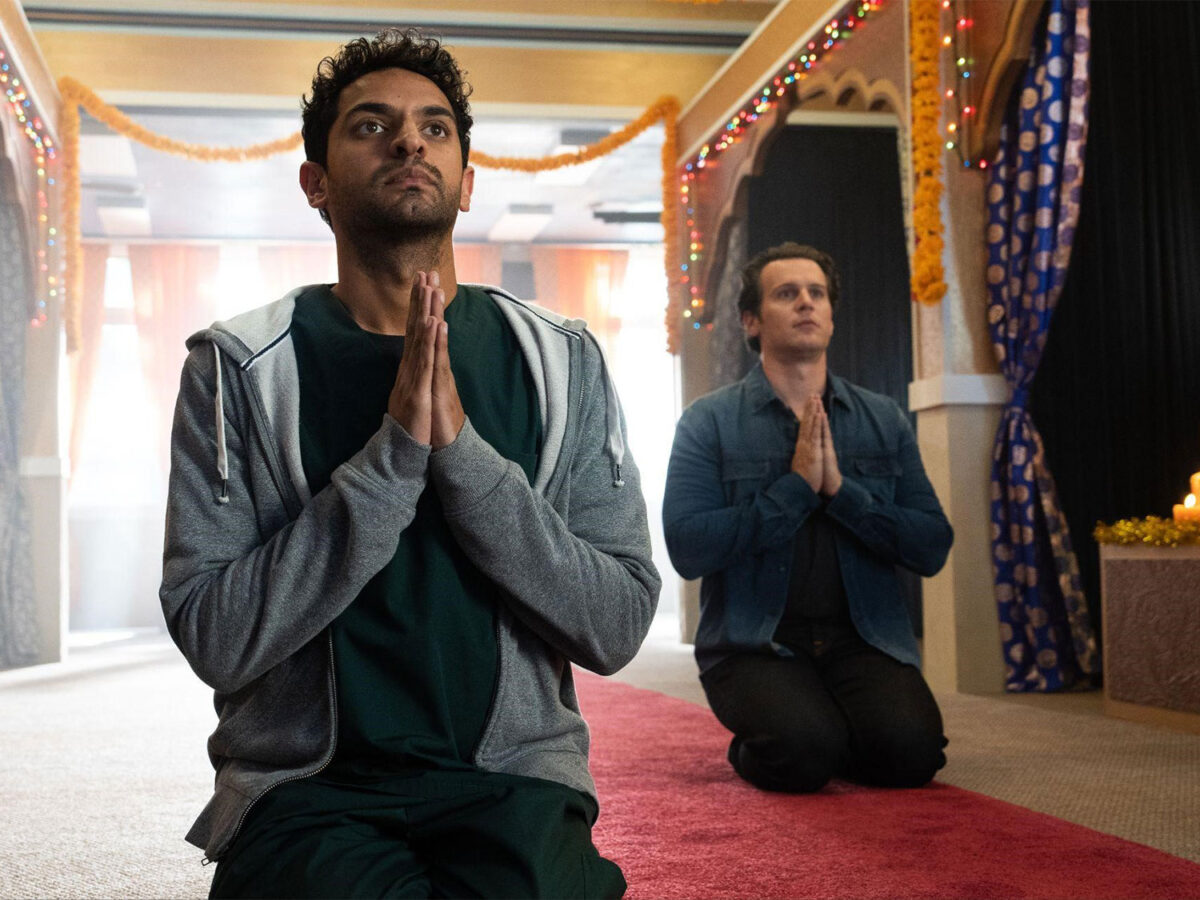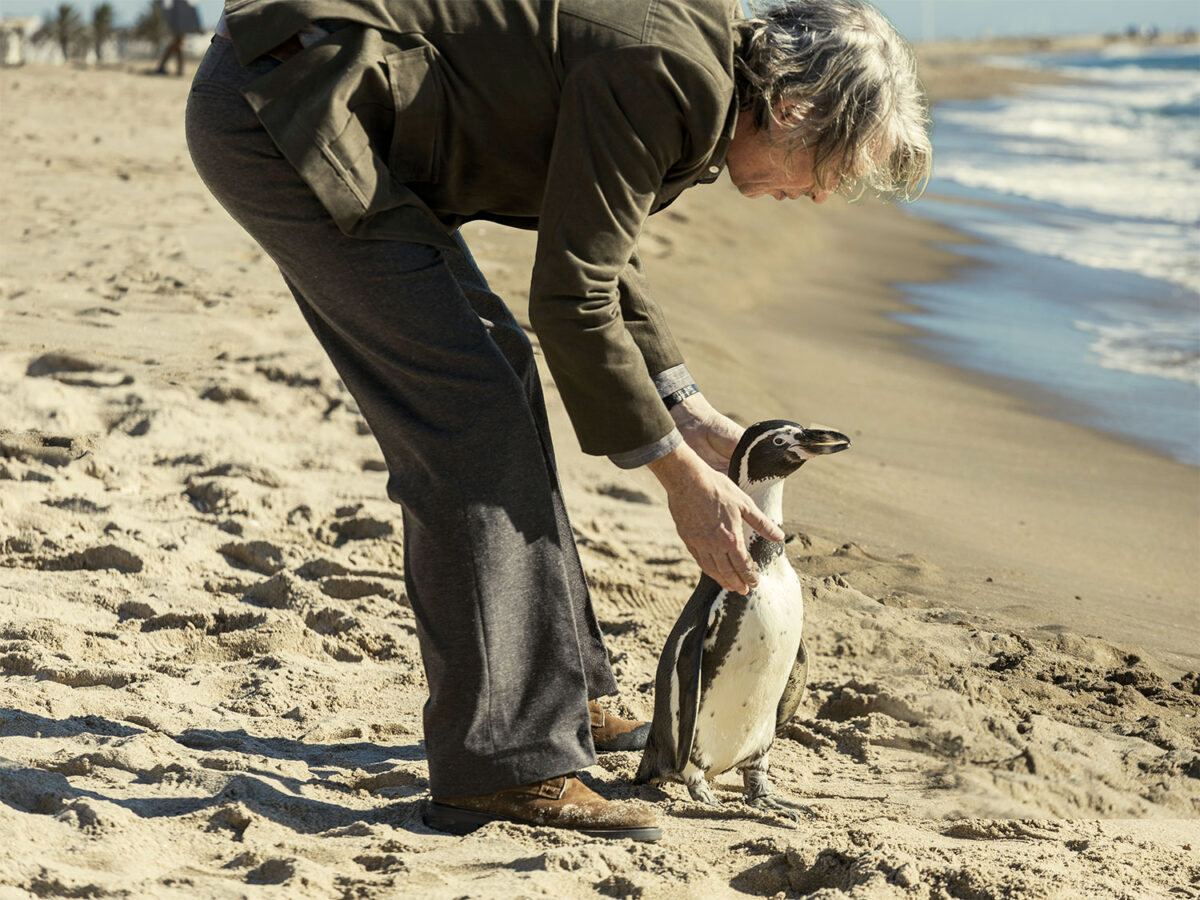In the recent past, we’ve seen films where the protagonist seemingly turns into an animal (“Nightbitch”), is told through the eyes of the main character (“Nickel Boys”), tells an origin story (“A Complete Unknown”), is a flashback over a monumental career (“Maria”) and ends in redemption after hitting rock bottom (“The Outrun”). “Better Man,” about the rise and fall and rise again of one of the world’s biggest rock stars, Robbie Williams, is all of that and more and you’ve probably never even heard of him.
Michael Gracey, the director, was entranced with Williams the first time he met him. The real-life Williams is a character straight out of a phantasmagoric music video, one that might have been created by Terry Gilliam or Luis Buñuel and choreographed by Bob Fosse, minus the jazz hands. In Williams, he saw a life lived at supersonic speed whose inevitable crash resulted in a fathomless crater only to rise again slowly like a phoenix out of the ashes. And who better to curate that story, a story that has been told a million times before but rarely as well or realistically, than Williams himself? And here is where maudlin reality meets surreal originality.
Williams has referred to himself on multiple occasions as a performing monkey, whether showing off for his schoolmates, dancing to the tune of record executives and managers, performing on stage, or retreating into the pain from the poking and prodding of visitors to the zoo of his existence. And this is how Williams and Gracey chose to tell his story. The character of Robbie Williams is portrayed by an ape (with prosthetic makeup that defies description) and voiced by Williams himself. The effect is stunning. It both draws attention to his bizarre reality and becomes almost normalized while heightening the reality of Robbie’s eccentric worldview from the beginning. You will be surprised how acclimatized you become to this anthropomorphic creature.
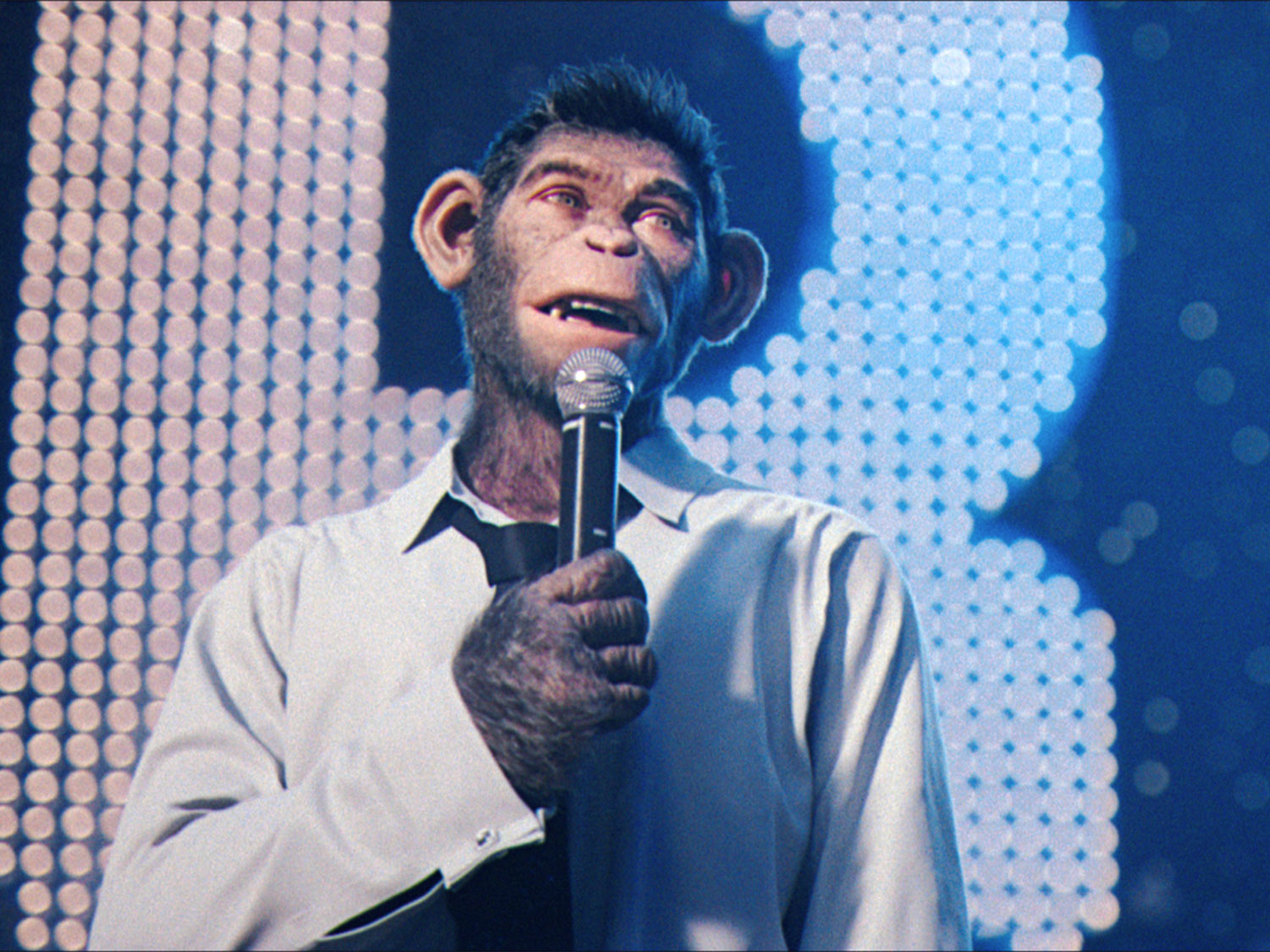
Photos courtesy of Paramount Pictures
Born the son of pub owners and raised by his father on the music of Sinatra, Davis and Martin, his own personal Rat Pack touchstone, Williams, a poor student, knew that all he wanted out of life was to be famous. He didn’t think he had any particular skills, but he knew he craved the spotlight fueled by a narcissistic father with unreachable entertainment expectations and a loving grandmother, Betty, who was always there with unconditional love. “I wouldn’t change a thing about you,” was her mantra to him. He was close to flunking out of school at age 15 when he spied an ad in the classifieds for singers who could dance for a new boy band being put together; manufactured is a better description. Audacious in his choice of music for the audition with manager Nigel Martin-Smith, his sheer chutzpah wins him the gig and the 15-year-old Robert, now rechristened Robbie, is off and running. Modeled after “New Kids on the Block,” “Take That” was conceived in 1990 and built around singer/songwriter Gary Barlow, with bandmates Howard Donald, a car painter; Jason Orange, a break dancer; Mark Owen, a bank teller; and Williams, the youngest, having just turned 16.
Immature, insecure, with uncontrollable bouts of anxiety, Robbie not only finds courage in alcohol and drugs but also envy and jealousy. Wildly popular with tween girls, “Take That” is a well-choreographed, singing sensation and rises to the top of the charts. But everything is centered around Barlow with Robbie resentful of being relegated to the background. Robbie, the problem child (or in this case the problem performing monkey) becomes increasingly unpredictable, unhappy that his compositions have all been ignored in favor of Barlow. By 1995, upset by his temperamental instability and increasing drug use, the band drops him from their world tour, in effect cutting him loose, eventually leading to the breakup of the band. Now, for better or worse, they are all on their own.
Not yet 22, Williams’ solo career was a success from the beginning and continued unabated for almost 10 years despite his increasing use of drugs. Seemingly unable to stop the demons, his professional and personal relationships careen down the slope of steadily higher doses of narcotics and alcohol. Ironically, Robbie the monkey is the monkey on his own back and at some point something will give; but this is a journey for you to take and not for me to tell.
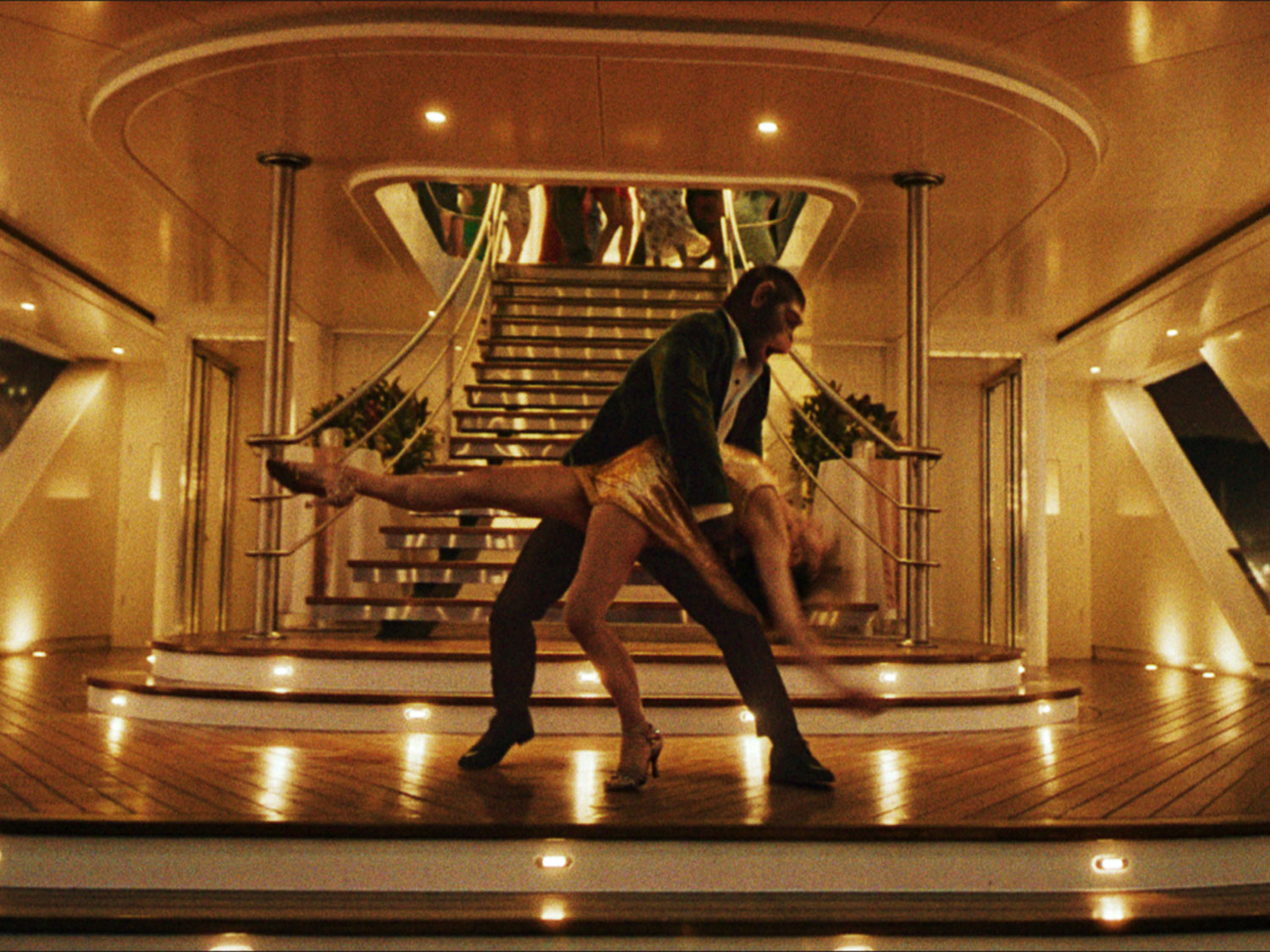
“Better Man” is precisely that, the story of a better man, or monkey if you will. Williams as a monkey at the beginning is different from the ape at the end. A genuinely affecting portrayal of mental illness hidden in the aura of the crowd’s adoration, his depression and anxiety are as heartbreaking as they are horrifying. When told that mental maturity stops at the age when one achieves greatest success, he comments that he stopped growing at 15 and has been acting out as a 15-year-old ever since.
It’s always hard to sympathize with the problems of the rich and famous, and equally hard to analyze the root causes. Certainly, success came suddenly for the boy who wanted nothing more than to be famous without the need for that fame to come from achievement. Instead of recognizing his enormous talent, he retreated deeper into narcissism, allowing his bad behavior to mask the insecurity and lack of worth that he felt. Perhaps it can be traced to the 15-year-old’s desires that never understood how to earn respect or, as is too often the case in psycho-dramas, it was daddy issues. His father, a man of little talent who left the family to chase his entertainment dreams, ignored Robbie, preferring to live in a trailer and perform in low life pubs for marginal pay. Certainly, he was willing to come back sporadically into Robbie’s life when fame hit his son and might reflect off him. It didn’t and this only seemed to magnify Robbie’s lack of self-worth. But again, these are first-world problems and if this movie weren’t so impossibly entertaining, you wouldn’t care to follow the thread. But follow it you will, and willingly, because Gracey, co-writing the script with Oliver Cole, Simon Gleeson and Robbie Williams, has produced a wildly entertaining movie that doesn’t just ask how Robbie was able to survive, but also, why haven’t I ever heard of him. His voice is magic, his music compelling and his presence magnetic. He succeeded on the world stage without any American hits.
Jonno Davies is the model for the monkey. Williams was digitally scanned and motion-captured as he sang so that his expressions and mannerisms could be incorporated into Davies’ motion-captured performance. It’s all above my pay grade, but suffice it to say, visual effects (VFX) and suits laden with LEDs played a major role in fusing Davies and Williams into the very realistic monkey.
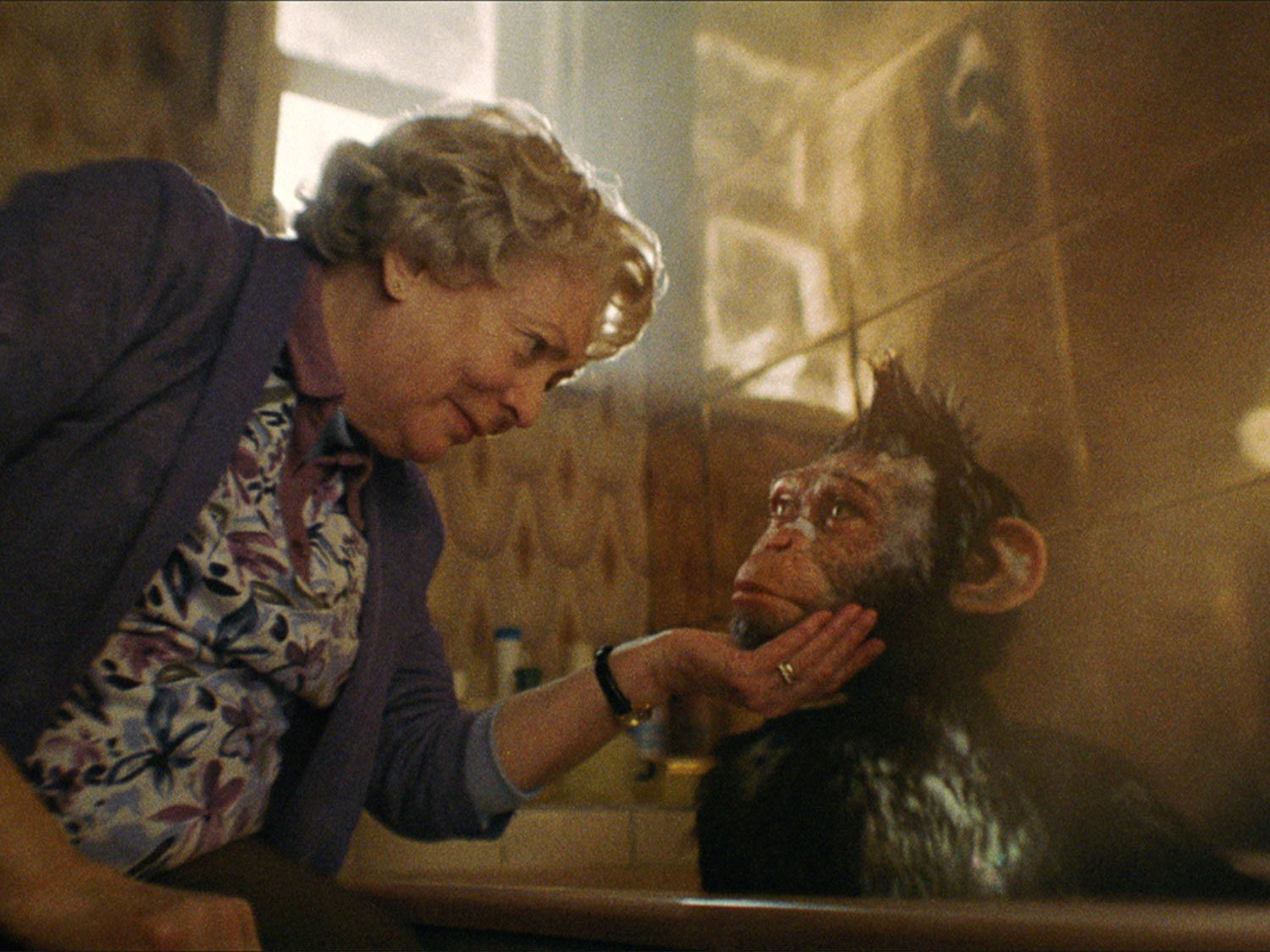
Steve Pemberton played Robbie’s father Peter Williams who eventually went by his stage name Peter Conway. Pemberton is the very embodiment of every man (or woman) who leaves a family in the lurch because he lacks the inner stamina to address an issue. The collateral damage in this case was the needy Robbie who idolized his dad. Pemberton brings ambivalence and jealousy into his performance. Kate Mulvany plays Robbie’s mother, Janet. It was a shame that her character remained so undeveloped, because without her strong stability Robbie wouldn’t have been able to fly on his own in the first place. Alison Steadman was Betty, his beloved grandmother. Steadman has the wonderful ability to convey depth of feeling with few words. Damon Herriman is Nigel, the creator and manager of “Take That.” Herriman, an extraordinarily versatile actor known for his portrayal of Charles Manson in “Once Upon a Time in Hollywood” and as the criminally moronic redneck Dewey Crowe in “Justified,” is the very embodiment of driven and ambiguously untrustworthy. It’s all in the eyes and that tight smile. I can imagine that he feasted on that role. Raechelle Banno, an extraordinary dancer, is Nicole, Robbie’s first love whom he betrays countless times until, recognizing the depth of his damage, she gives up. Her graceful fluidity envelops him and us; her eyes tell the story of the cost.
The production values are off the scale and this film will leave you reeling from the rock footage, putting you center stage with the boys. This is also a primer in rock show production and backstage preparations and shenanigans. The choreography by Ashely Wallen is not just present in the dance sequences but in the way movement seems to blend into movement. The dance sequence on the yacht between Nicole and Robbie is a high point in the film, reminiscent of the duet between Emma Stone and Ryan Gosling in “La La Land.”
I’m in love with this movie—the singing, the dancing, the drama, the hilarity. The story is as old as Greek mythology and only goes to prove that if you tell a story well, it doesn’t matter if it’s been told before. This story is exceedingly well told. I wish the Robbie of today would tour the U.S. Alas, no.
Opening Jan. 10 at the AMC Century City 15 and The Grove 14.
Neely Swanson spent most of her professional career in the television industry, almost all of it working for David E. Kelley. In her last full-time position as Executive Vice President of Development, she reviewed writer submissions and targeted content for adaptation. As she has often said, she did book reports for a living. For several years she was a freelance writer for “Written By,” the magazine of the WGA West, and was adjunct faculty at USC in the writing division of the School of Cinematic Arts. Neely has been writing film and television reviews for the “Easy Reader” for more than 10 years. Her past reviews can be read on Rotten Tomatoes where she is a tomatometer-approved critic.



